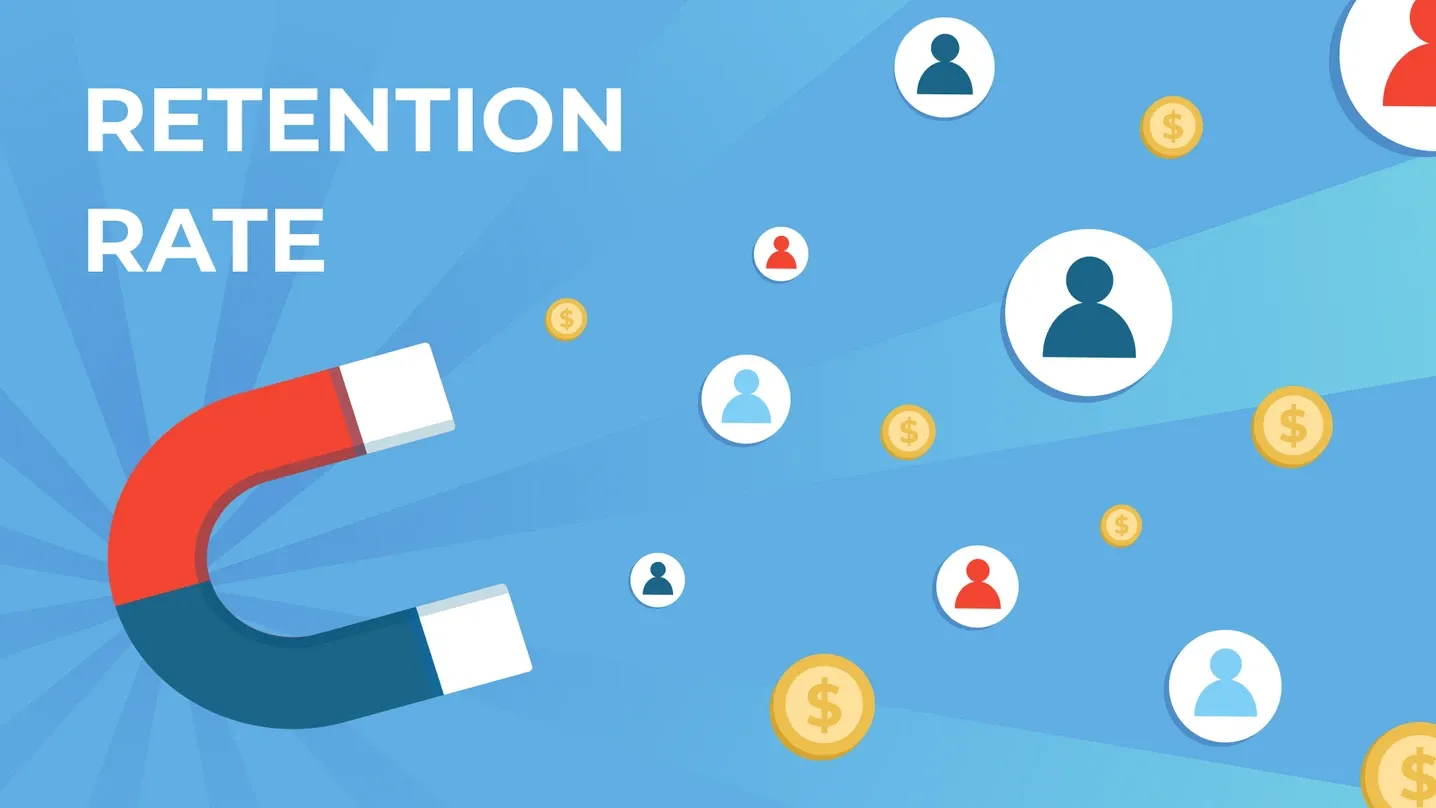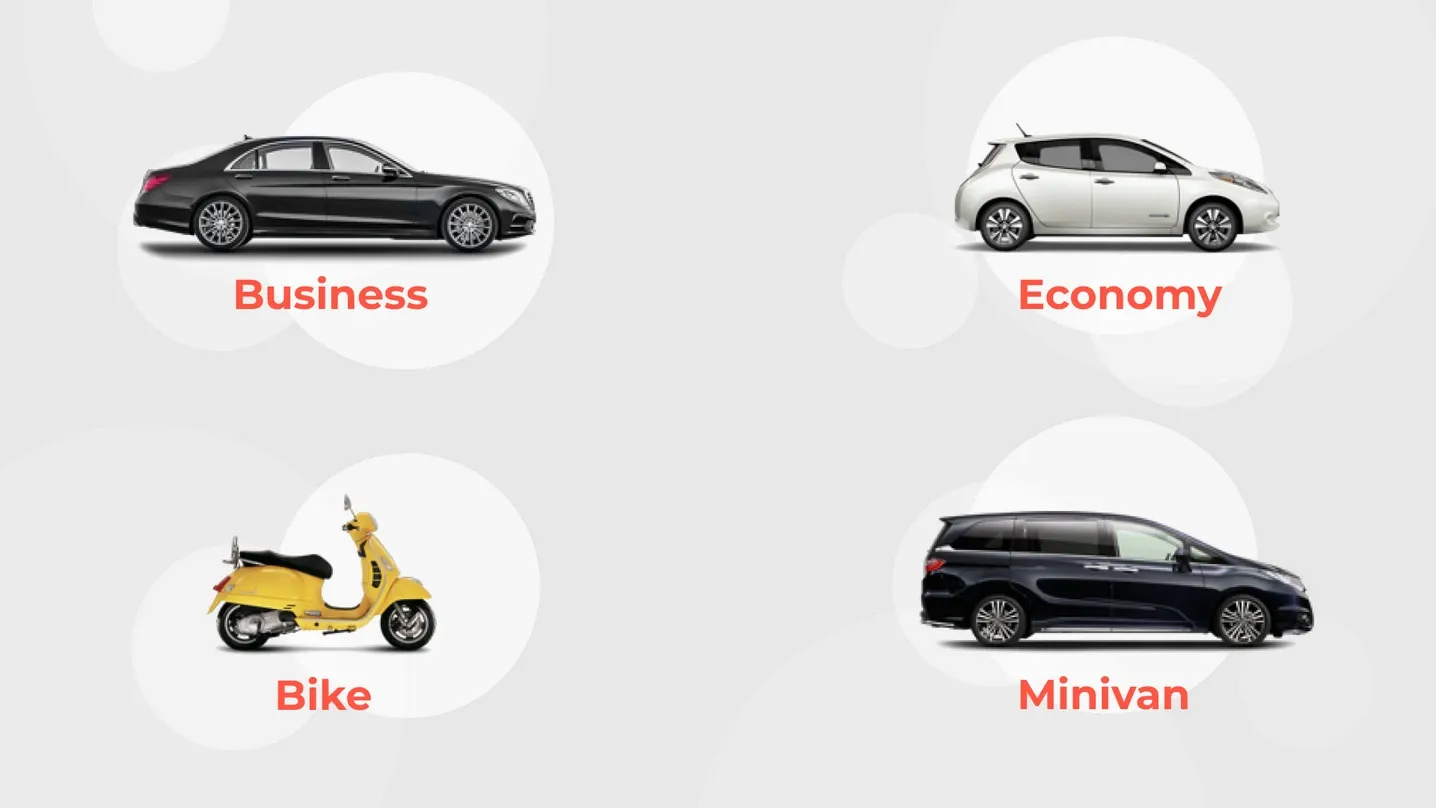Metrics that matter | Retention (for taxi/on-demand business)

Understand key business metrics: the value of retention rate for on-demand
Really simply explained, app retention rate is the percentage of users who’ve downloaded your on-demand app — and found it irresistible enough to return to it on a regular basis.
Why are smart app owners so in love with this metric? Because it demonstrates the level of customer loyalty to the app and thus to the brand. While the number of downloads shows how many people were one-time tempted by a good marketing campaign or occasional advice, retention rate highlights the app users who are really active with the app.
High retention rate guarantees there are real users of the mobile app. Of course the retention data tends to change over time. Analyzing the trends in these changes is useful for a plenty of business tasks:
- Measuring real product user base and product growth.
- Understanding for what demographic groups your app works the best. Comparing retention rates for different audience segments, you will see who are the most loyal users and where to expand.
- Understanding what external factors influence the active use of your app.
- Creating favourable conditions for user acquisition campaigns. After retention is stabilized and strengthened for early users, you can move on to attracting new ones.
Measure your mobile app retention
There’s nothing tricky in measuring app retention rate. Yes, it requires some calculations: use the data from My Hub analytics, App Store Connect, Google Play Console and Facebook Analytics. Do not let the “vanity metrics” mislead you: the total number of app downloads or the number of first signups don’t really show if people are actively using your app. So, first of all...
Pick meaningful indicators
On-demand businesses have two sides: demand side (passengers) and supply side (drivers) — because business performance clearly depends on both of them. This is why, for instance, Uber analyzes retention rate for both the passenger app users and the driver app users. Here’s how they measure it.

💡 Demand metrics:
- Passenger retention = percentage of passengers who take a ride after the first app event (say, first successful trip).
- Trips per active passenger = number of rides/active passengers over time.
💡 Supply metrics:
- Driver retention = percentage of drivers who drive after the first app event.
- Trips per active driver = number of rides an active driver makes over the set period of time.
As you see, this data doesn’t come served up, you will need to calculate it. First of all, identify the initial user action leading to your company getting revenue. Normally, 100% of people who’d download your on-demand app will take this initial action. Uber, for instance, sees the initial action as the first ride (passengers) and the first drive (drivers).

Then, identify the follow-up action leading to your company getting more revenue. Calculate the percent of the people who’ve taken the initial action also take the follow-up action, per set time period. Here we go, this is the app’s retention rate!
Give app retention rate some context
There are two important factors to keep an eye on to understand the retention data.
- The events occurring. Concentrate on the events a) bringing your company revenue and b) happening regularly enough to ensure the growth of the revenue. Obviously, focus on successful rides for your ride-hailing apps.
- Timeframes. For a young business, retention rate related time spans are smaller: measuring per day makes sense only at the very early stages. A month after the launch of an on-demand app, measuring customer retention should be done per month to get the insights needed.
Generally, the average retention rates across all app categories can be frightening for a newcomer: in fact, from all people downloading whatever app at all, 71% will never return to it anymore within the next 90 days. To give you an idea, 20% is a benchmark retention rate is what you need to aim for. This is an important thought to take with you when you’ll analyze your actual numbers: do not get depressed as soon as you see your mobile app retention for the first time.
Know good retention from bad retention
Building a graph to visualize app retention rate is really helpful. Different patterns can occur here.
- “Smiling” retention graph. In case your product is really great, it will naturally lose some users, but then gain them back and attract new ones. The graph thus will have a form of a smile. For users who’ve dropped out to come back later, your business has to have a great absolute value and impressive marketing campaigns.

Flattening graph. This one shows the percentage of regular users who’ve tried the app, found it good enough, and return to it as they need it. The higher on the grid your graph tends to flatter, the higher the long-term retention is, the better is the app’s performance. 
Declining graph. The retention graphs decline when an app is clearly not fitting the market. This is the ultimate bad customer retention. If the graph is declining, there’s a need to reinvent the product value proposition or change the whole business model. In case of a declining retention graph, no marketing campaign can solve the problem. 
Now you can track these metrics in your My Hub as Facebook SDK is incorporated there.
Long-term retention of your app should be as stable as possible. Even if the short-term retention declines from time to time (say, after the first 90 days after the users launch the app for the first time), a healthy app is always able to win these users back in the long term. This is the key to stable retention. When visualizing your retention, put the average branch retention benchmark on the graph too to give the whole thing more context.
Improve on-demand app retention rate: working techniques
Changing your user acquisition strategy according to customer retention should be bound to the timeframe chosen. For on-demand apps, retention is measured per month. Long-period of consideration is, accordingly, 12 months. Good retention rates in the long term for on-demand are 20 to 30 percent. To improve the long-term retention, concentrate on improving the retention of users who’ve downloaded the app but haven’t made the initial action within the first days after the download. In case the short-term retention is alright but the long-term not, there’s a need to launch engagement campaigns targeted on customers who do make the initial action in the first days but do not come back to the app in the first weeks after downloading it.
There are several techniques for improving retention. Choosing some depends on your target audience and business circumstances.
Engage retaining app users
Engagement is the key to retention. If the existing users come back often enough, the retention improves. You can engage the existing audience by providing extra value to the service. Understand what they need — and give it to them. If your value is the competitive price — give people referral discount codes. If your value is the wide range of service types or having special services such as pet-safe taxi, introduce and advertise more of those.

Encourage sharing the information about this very “magic value”: introduce a hashtag, do extra promotion on social media, give discounts to those who share their positive experience. After having motivated loyal users, move on to the less loyal ones and use the same scheme. Finding out the key features important for the app users will require some customer development.
Make using the app easy
People who are new to your on-demand app will naturally want to be able to use it as smoothly as possible. This is why an intuitively understandable interface is so important. Yet there’s more to it. There should be enough drivers and enough passengers for both sides of on-demand to be happy using the app, for example. There should be a possibility to pay with credit cards mainly and, if it is an absolute must, cash. The brand should be recognizable. Also, downloading the app and signing up for it need to be as easy as ABC. Everywhere where you advertise, put a download link.
React asap!
The earlier you address a user who’s about to drop off, the better for the long-term retention. The bigger the chance this user will go on with the app. So do not hesitate to launch engagement campaigns as soon as you see retention rate declining — the effects of your activities (if well-planned, of course) will show in the next period already.
Takeaway
Customer retention is one of the key metrics to understand the app’s level of performance. Well-calculated retention rate shows if your on-demand app meets the market needs and if it is growing healthy. Stable customer retention rate creates favourable conditions for acquisition campaigns.
Choosing a technique for retention improvement depends on the stage of business development and the audience specifics. The thumb rule is that user engagement drives user retention. This is why new users should be provided with an easy way to download the app and sign up for it while existing users need to be addressed with relevant engagement campaigns: referral programs and attractive advertising.
